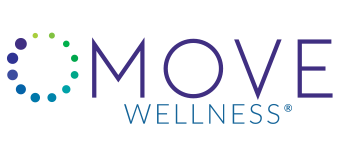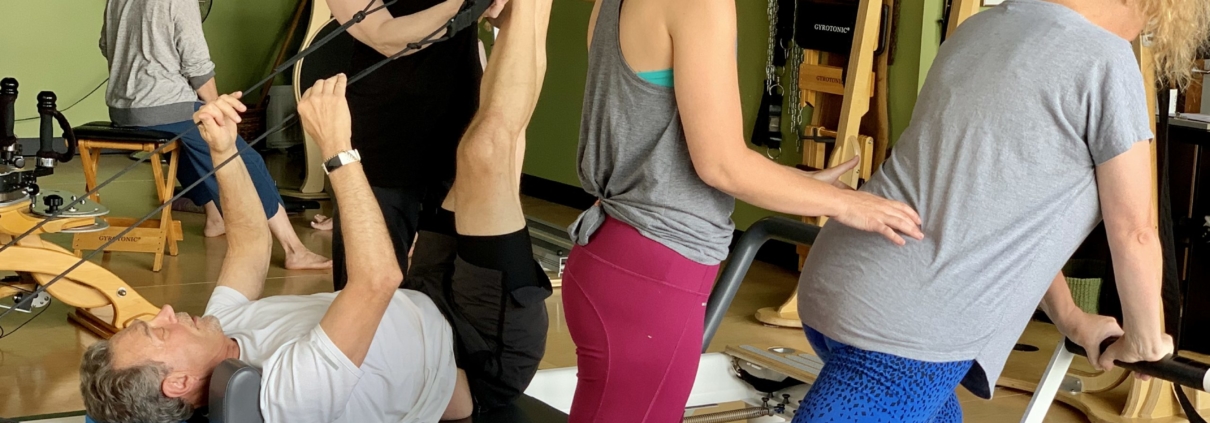This blog has been updated December 13, 2019.
The risks of extreme fitness workouts can range from minor injuries to downright frightening medical emergencies. I just finished reading an article on CNN.com about Rhabdomyolysis and a young man who got this potentially life-threatening disorder after his first spin class. He was fit but new to spinning and mentioned in the article that he felt that he needed to “go big or go home” in the class. He worked so hard that his muscles started to release a potentially damaging muscle tissue protein myoglobin into his bloodstream, taxing his kidneys and causing excruciating pain. His thighs swelled up and almost caused another issue called “compartment syndrome”, where the swelling needs to be reduced surgically. He was hospitalized for a week while they flushed the toxins from his kidneys so they would not shut down. Luckily, he was ok in the end and did not have to go on dialysis.
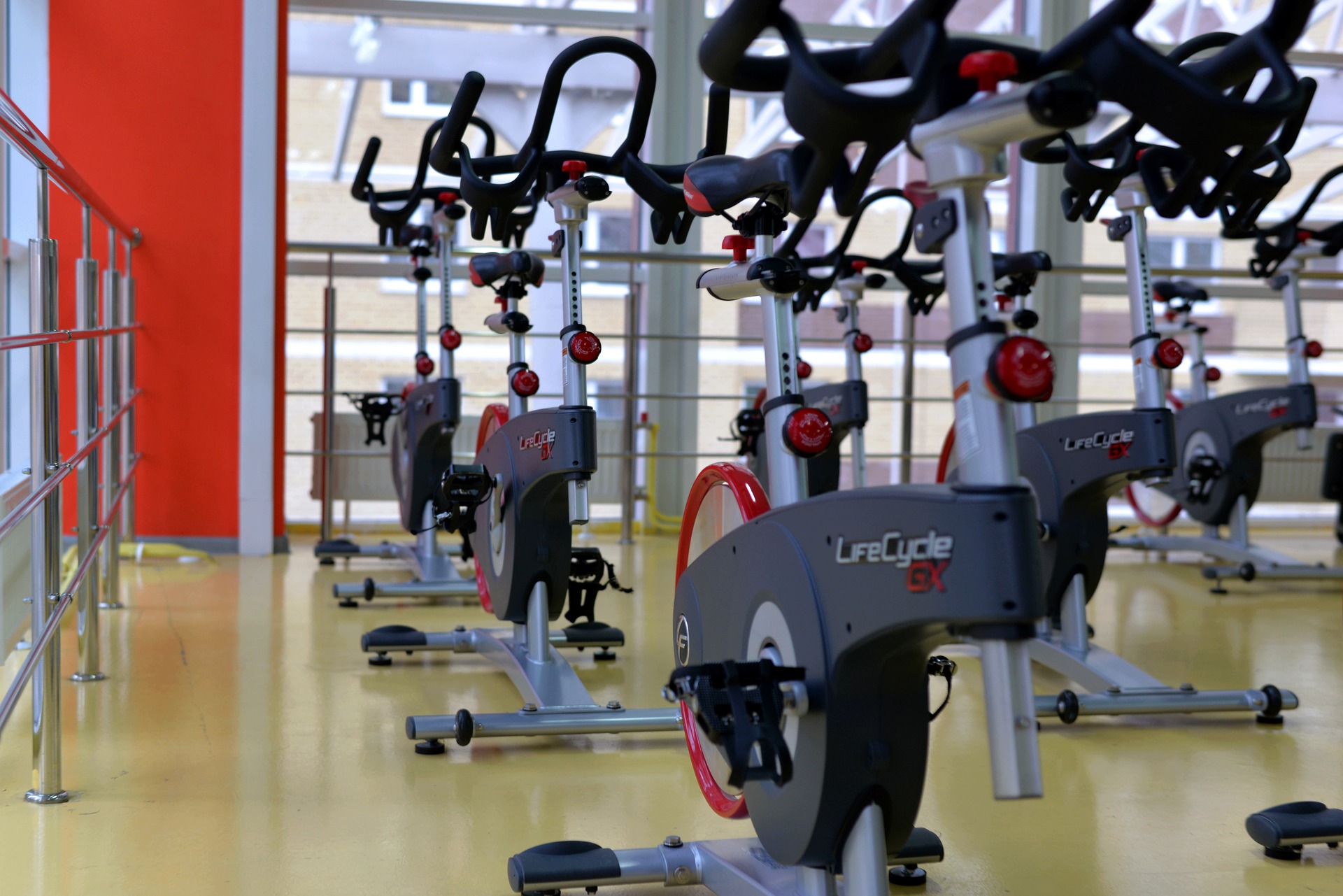
Feeling the burn — types of extreme fitness workouts
We live in a culture of extreme sports and badass, warrior-like fitness. Back in the 80’s Jane Fonda exhorted us to “feel the burn” and “no pain, no gain” — slogans which have contributed to seeding a generation that qualifies being fit with having large, hard muscles and participating in activities that are the most extreme of their kind. Gyms have become one-size fits all, stylish destinations. New extreme fitness challenges of all varieties are popping up regularly. For example, there’s the Tough Mudder — an obstacle course featuring a variety of extreme challenges. There’s even one obstacle titled “Electroshock Therapy” that features real electric shocks. Enrolling in Kokoro Camp promises you’ll be trained like a Navy SEAL and working to the point of complete mental and physical fatigue. P90X offers you mind-blowing results in only 90-days from your very own living room (performed without any professional supervision).
Compared to all that, spinning sounds pretty tame. But spinning as a workout trend has reached high levels of popularity and attracts people for its potential to burn 400-600 calories on average in a class. These students, like the author in the CNN story are likely to push harder than their body is able to handle. I’m not surprised at the author’s story, though I have never heard of this rare disorder, but I am disappointed that this man had to turn off his own body’s cues to complete the class. He essentially disassociated from the pain he felt and used external cues (the instructor and/or the pace of the class) to make it through.
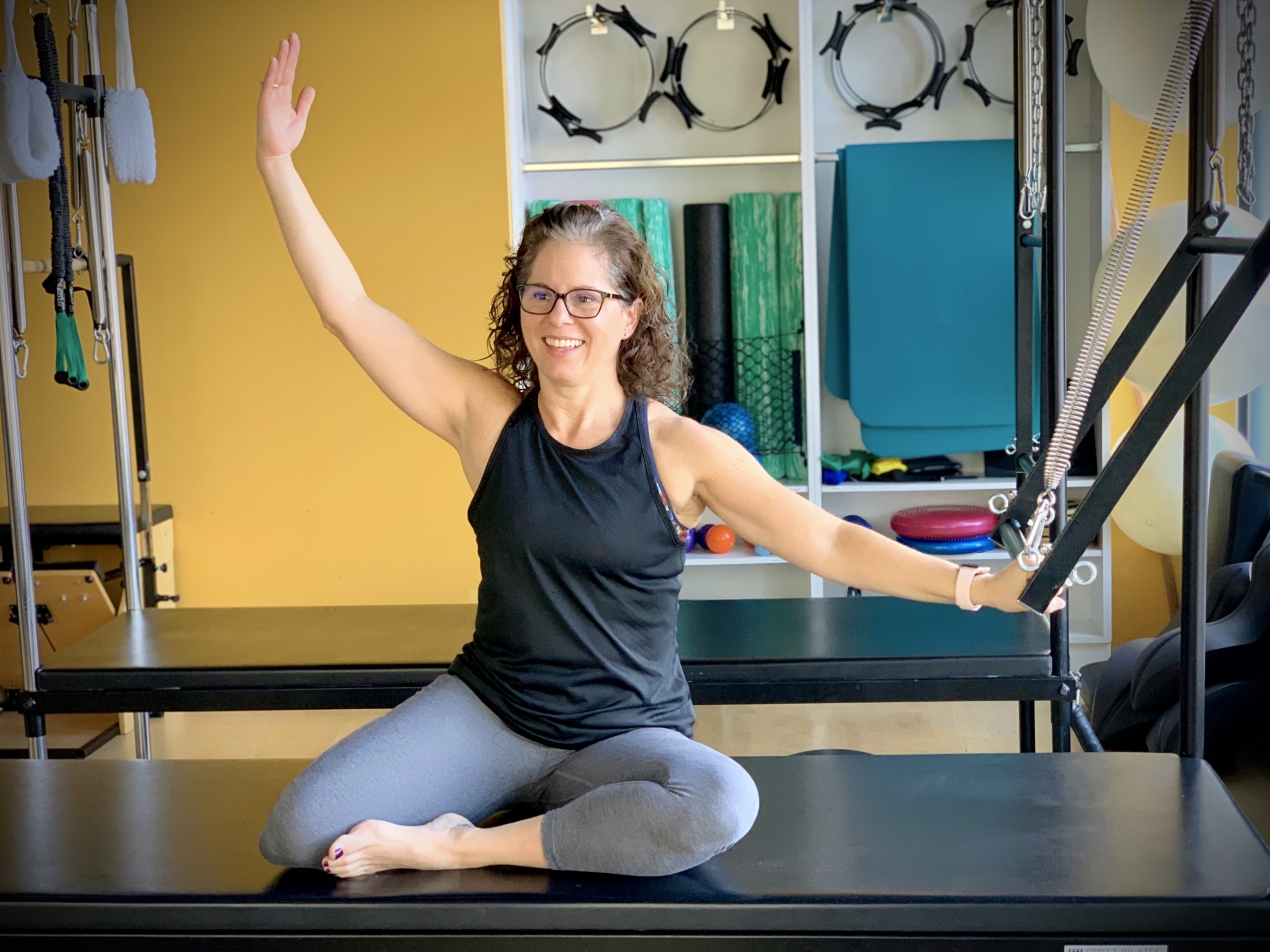
Enjoying fitness as a lifelong habit
This is exactly the opposite of why I teach fitness and movement and co-founded MOVE Wellness. In the Pilates and Gyrotonic methods and the other systems we teach at MOVE Wellness (including yoga), we first ask people to connect to their breathing and take a minute or two to connect with the sensations of the body or internal cues so they can inform and guide clients during their workouts. We call these practices mind-body fitness because it is that connection and awareness, which builds with each session, that allows the client to move with integrity, in alignment and connected to the deep support of the core to avoid injury. This maximizes the efficiency of the exercises so people get stronger faster.
The importance of listening to your body
“Burn Calories!” was the mantra of the 80s and 90s, and as a middle aged female with a metabolism that seems to have left the building, I understand. I think this growing culture of extremes is why people who are busy also flock toward cardio-type classes as their bread and butter of fitness, but a well-rounded fitness program (and good diet) are fundamental for optimal health. An informed practice is key to our breathwork, mindfulness, and movement instruction. Do we work hard? Yes. Do we help people build strength in a way that supports their lifestyle and activities? Yes. Should people work hard, sweat and challenge themselves? Yes. But do this through the deep act of listening to your body and understand it’s unique needs.
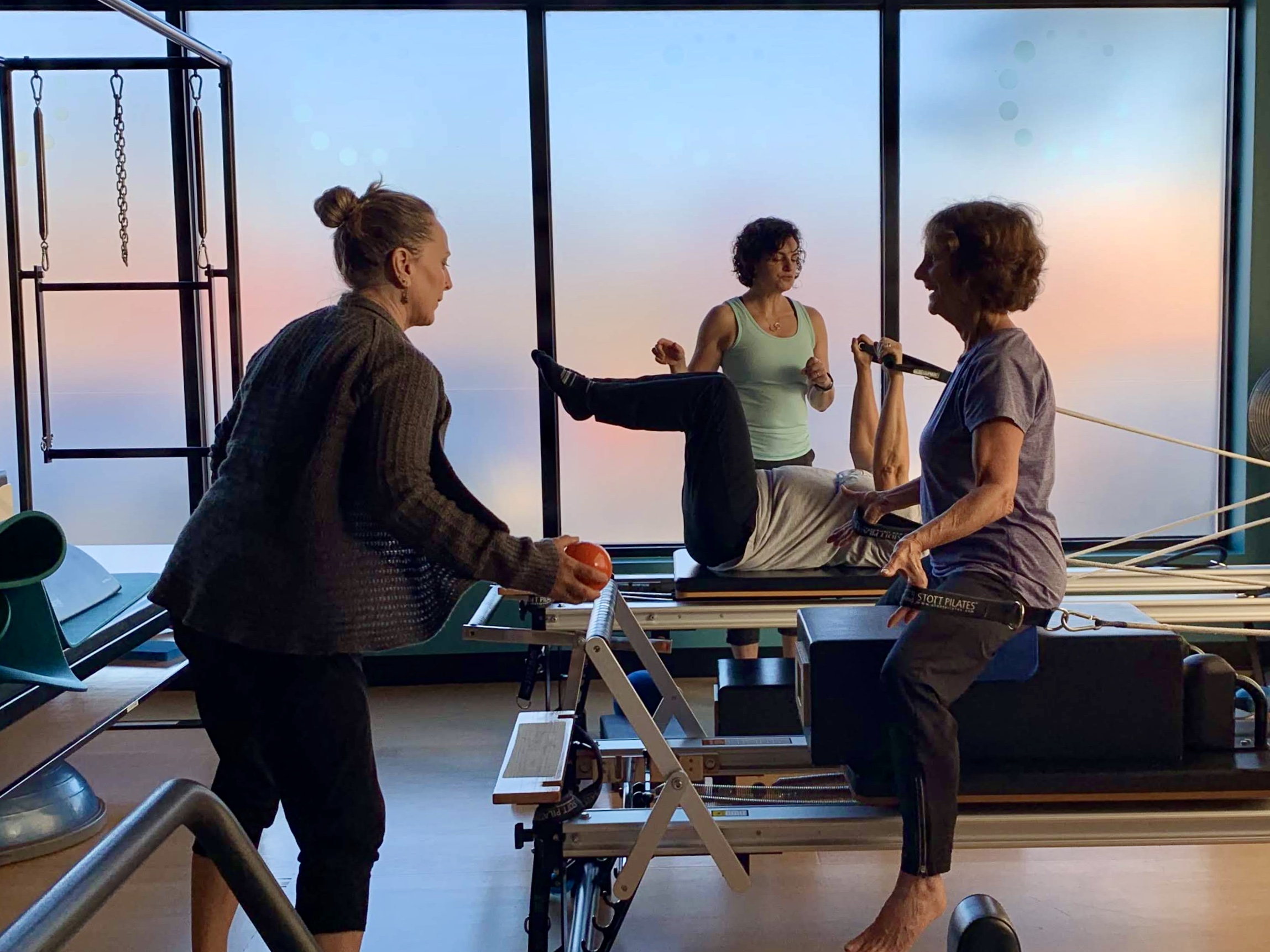
Our mission at MOVE Wellness is to help people live a joyful life in a fit and healthy body. Our vision is a world where fitness is defined by moving your body in ways that bring you joy and is determined by the desire to understand and listen to your body’s cues.
Ready to get going with a plan that’s right for you and your body?
Sign up for an introductory package today, call 734-224-2560, or email us to chat about your options, or stop by the studio to say hello in person.
